Practice Profitability Formula

Have you heard the saying "tripping over dollars to pick up pennies?" I have seen this in action. It is spending 5 hours to place an $800 supply order with 3 different vendors, saving $11.62 in the process. Now, I am not saying that saving money is bad. I am quite frugal myself; however, when running a business we allocate time to developing systems that take care of the "non-revenue generating activities." Then, we commit as much time as possible to "revenue generating activities," investing dollars in areas that amplify this overall system. See the Practice Profitability Formula below:
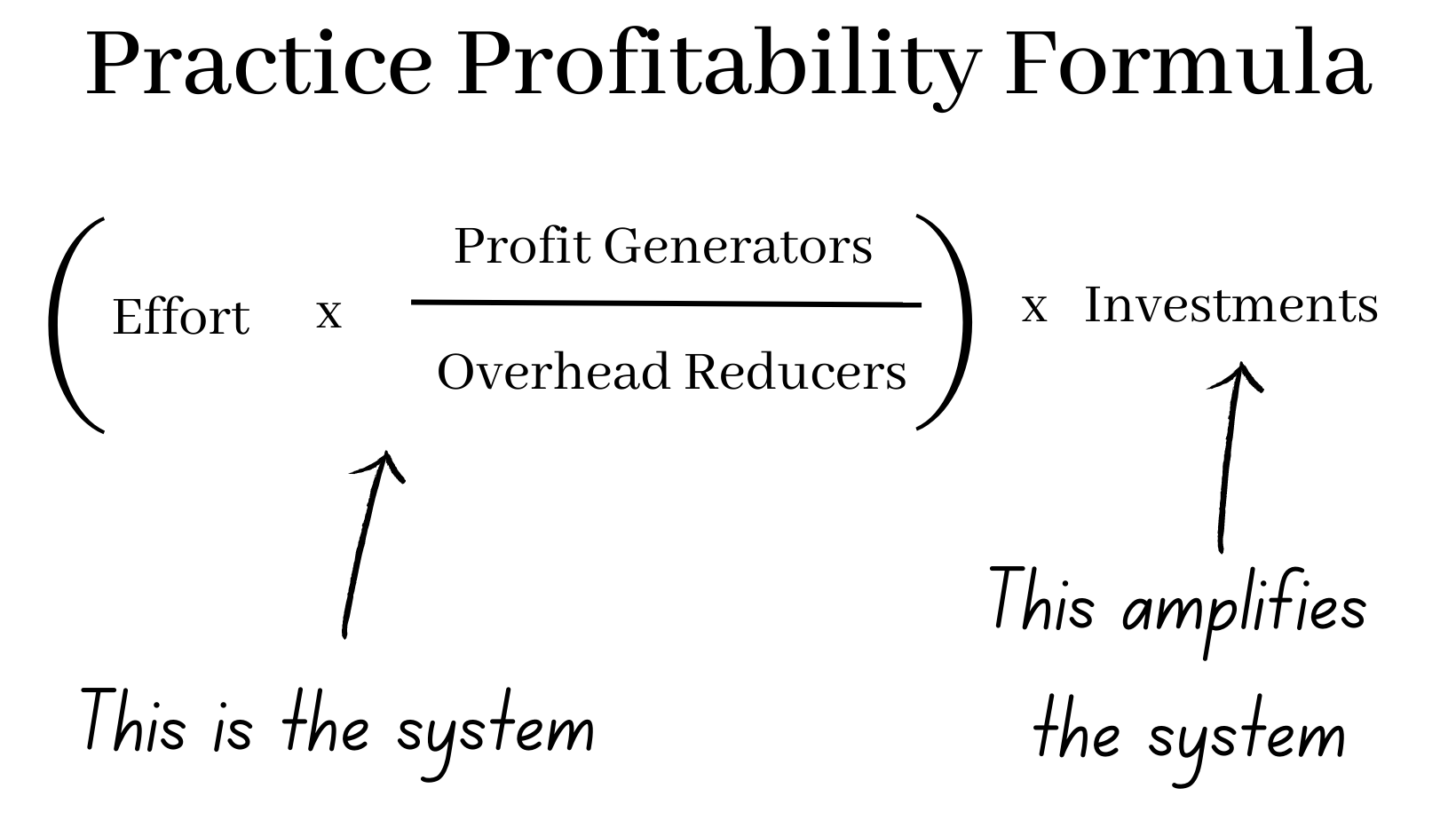
I'll admit it. I made this up, but it sounded good so we are running with it! Essentially, work hard to increase incoming dollars, develop systems to limit outgoing dollars, and reinvest in items that promote productivity. When these systems are working well together then 1x1 can truly equal 11. Keep reading...
Overhead Reducers
Let's first look at areas where we can pinch our pennies.

Variable Expenses: We have more control over these items, but again… Quality crowns are typically within the same price range. Therefore, if one lab charges one-third the norm, then they are probably melting soda cans and spinning them in to crown shells. Develop relationships with trusted vendors and discuss ways to streamline orders, reduce waste, and control overall spend. Create a sensible budget relative to practice production. If spend exceeds the budget, then investigate. Under no circumstances should the office staff consistently spend significant time on the non-revenue generating tasks.
Examples of Variable Expenses:
- Dental supplies
- Office Supplies
- Dental Laboratory
- Facilities Maintenance (IT, Equipment, other facility costs)
- Marketing (Internal/External)
Subscribe for more information on developing these systems!

Fixed Expenses: We have minimal control over these items. It is extremely difficult to bargain with the utility company unless the office prefers to work in the dark. Negotiate contract items such as the practice lease to accommodate growth needs and make sure to allot sufficient dollars for quality team member compensation and training/CE.
Examples of Fixed Expenses:
- Team Compensation
- Utilities
- Rent/Mortgage
- Insurance
- Training
- Continuing Education
Profit Generators
Production boosting topics merit hundreds of articles but below are the key metrics:
- Increase Volume Via New Patients:
- Increase Value Per Patient
- Expand Services/Products
- Increase Hours/Providers
- Evaluate Income Sources (and prioritize the profitable options)
We will dive deeper into these metrics in future articles.
Investments to Amplify the System
The Dental Team: Invest in a coachable team with a great attitude and a patient-centric focus. Existing dental experience and skills are a plus, but attitude is everything. Remember, "you get what you pay for" and offering low pay and minimal perks will almost always lead to a vicious cycle of high-turnover and sense of constant insecurity. Pay reasonably well, invest in their education, and work to understand what is important to them individually. After all, they facilitate the patient experience.
Patient Experience: We are in the age of endless options and virtual relationships. Invest time in morning huddles discussing opportunities to improve patient experience. Coach on talk tracks, mannerisms, and ways to direct the conversation with patients. Make personal connections from the moment a patient picks up the phone until the moment they leave the practice. An unexpected "thank you" in the form of a Starbucks gift card for new patients is the easiest way to gain a referral. Experience is everything!
Expanding Procedures: I've seen doctors add new procedures and significantly increase profits. Attend continuing education that increases procedure offering. Double down on those that provide fulfillment and profitability. Thankfully, medical PPO insurance plans are expanding coverages into some dental procedures. Surgeries, implants, and sleep apnea cases are becoming a source of additional income for dentists. Consider exploring procedures that allow medical billing.
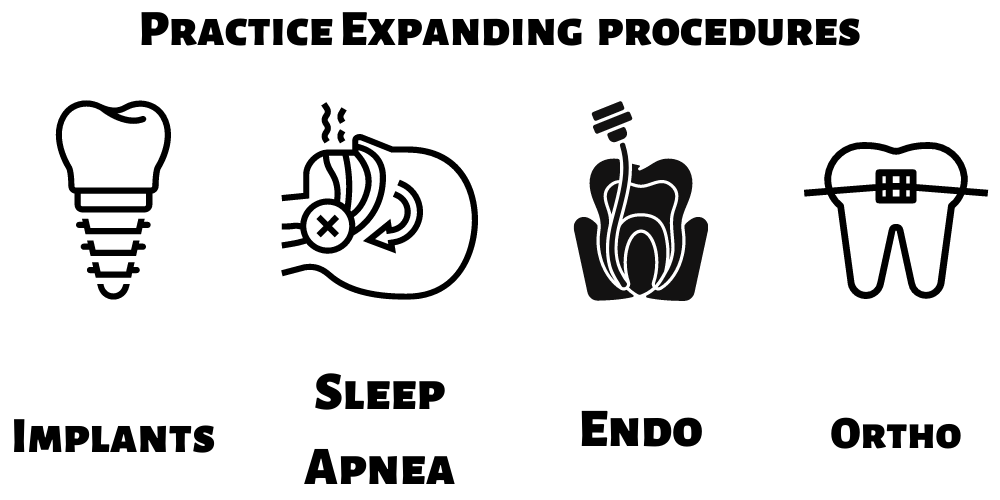
Quality Intraoral Cameras: Dental clinicians can read black and white 2-dimensional X-rays in their sleep. Patients see black and white figures and may feel as if the doctor is testing for mental disorders. They make no sense to the average eye. Take high quality images and leave them on large, non-matte, HD screen for patients to see while they wait for the doctor. Not only does this make a diagnoses much more understandable it causes them to realize that their mouth needs immediate attention. Incorporate a camera in each operatory and take photos on every patient. If anything, this is the easiest and fastest way to increase production.
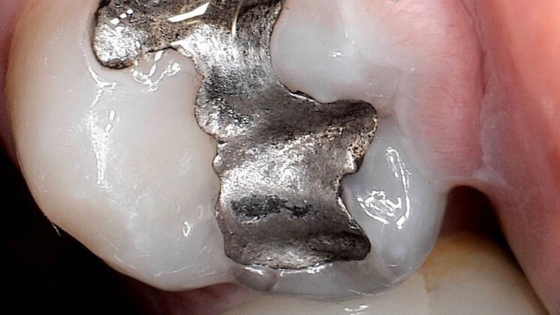
3D Cone Beam X-ray: 3D technology has advanced significantly over the years which means costs can be less than half of their historical prices. If implementing surgeries, implants, endodontics, orthodontics, sleep apnea therapy, etc. 3D scans should be standard of care. Since it is difficult to diagnose what cannot be seen, 3D capability will increase existing diagnosable opportunities, patient health, and overall profits. This investment generally pays for itself very quickly.
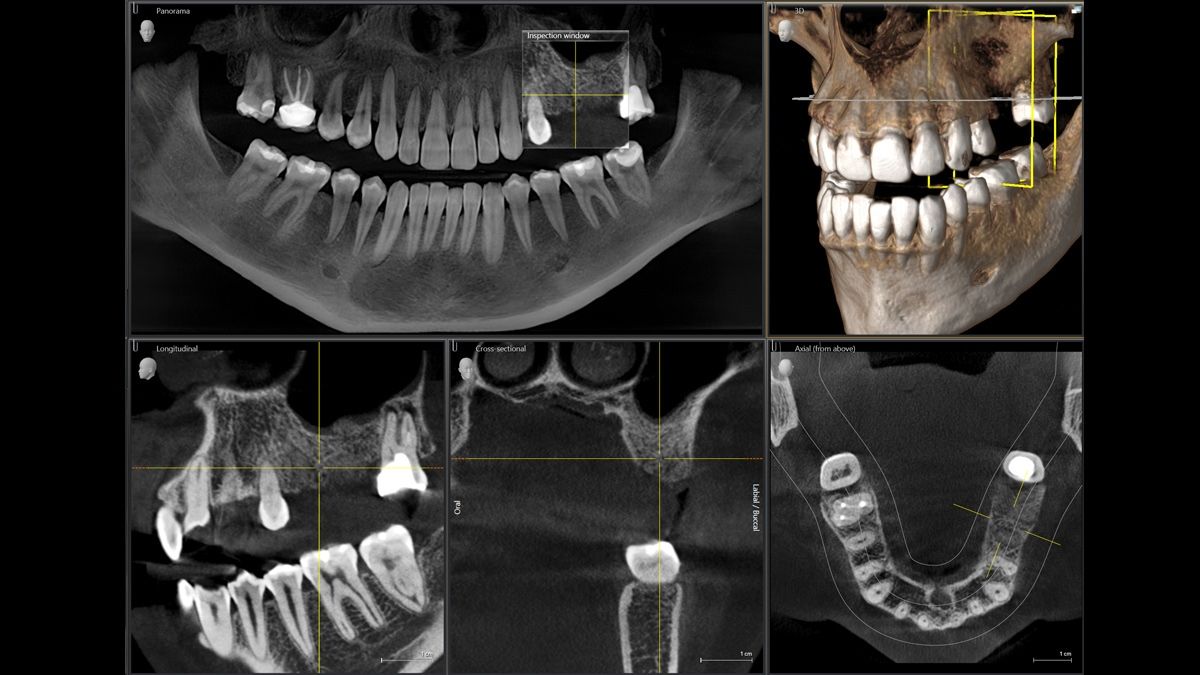
CAD/CAM: This is a large and potentially complex investment but can be well worth the boost in productivity and patient experience. There are two options: digital impression scanning only to replace impression material or a full CAD/CAM system to make inlays, onlays, crowns, and bridges in office. Scanning patients and sending the files to the lab will absolutely increase patient experience, but aside from this there is not a direct financial return for scanners alone. Fully functional CAD/CAM workflows allow for same day dentistry and improved patient experience while converting most lab expenses into a tax deductible practice investment that provides greater control over patient outcomes.
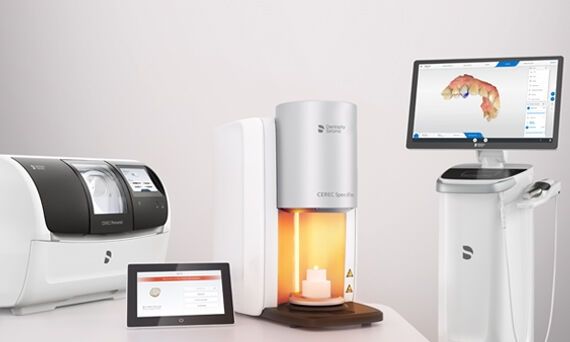
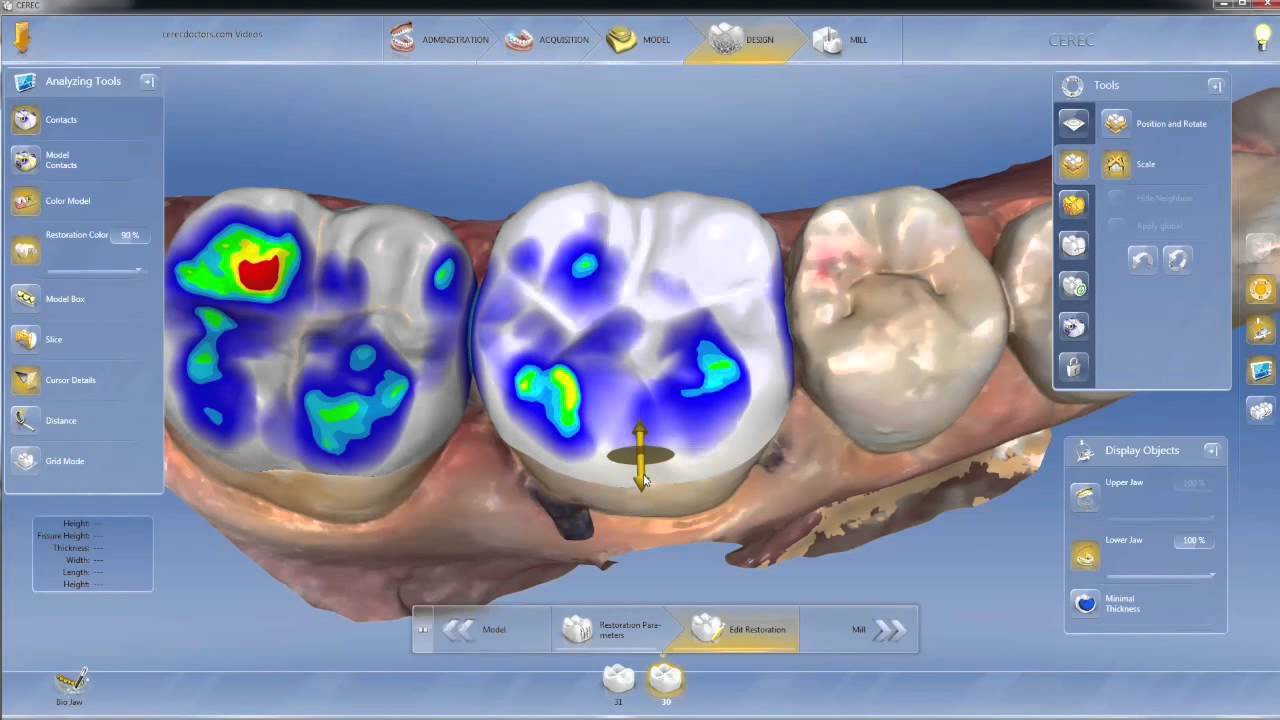
Income Source Evaluation: Invest time into understanding the practice income sources. Does it make sense to keep these sources? Is that PPO insurance plan paying or draining the practice? Services exist to evaluate and negotiate these plans on the clinicians behalf. Consider evaluating options for increasing the number of fee for service patients in the practice by leveraging patient financing and in house patient membership plans.
Outsourcing: With the current staffing shortage, it may be beneficial to explore outsourcing for activities which may not need to be in the dental practice. For example, billing and answering phones/overflow could be outsourced to third party companies to alleviate strain on the team while maintaining patient experience.
Marketing: Internal marketing is creating promotions, incentives, and/or programs to cultivate referrals from the existing patient base. External marketing is promoting the brand presence outside of the practice to drive new patients. Both are effective; however, internal marketing on average generates 70%+ of the referrals for the average dental practice. It is significantly less complicated and costly compared to external marketing efforts.
Creating a quality system and investing in the practice can significantly multiply the practice profitability. 1x1 can equal 11 if efforts are properly applied. Thank you for continuing to read The Dental Rocket. I will be covering many of these topics in greater detail soon. Consider submitting a frequently used email to gain exclusive access to free practice building content and to receive all upcoming resources!
Contact the Author
Get quotes on dental equipment, technology, and inventory control systems.
Ben Holguin
TheDentalRocket@gmail.com
Call/Text: 714-560-3472

